This is what a Hyperloop commute could look like.
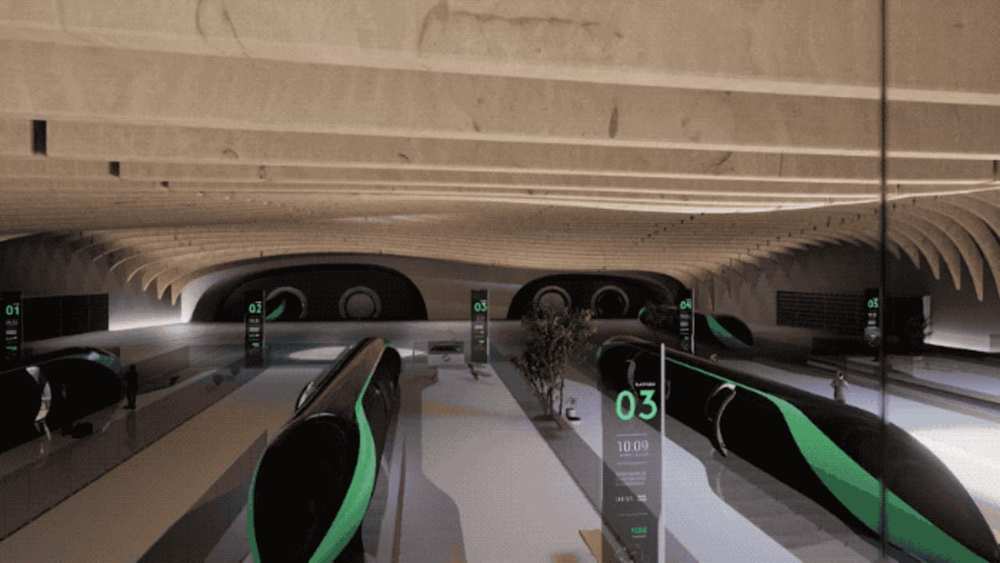

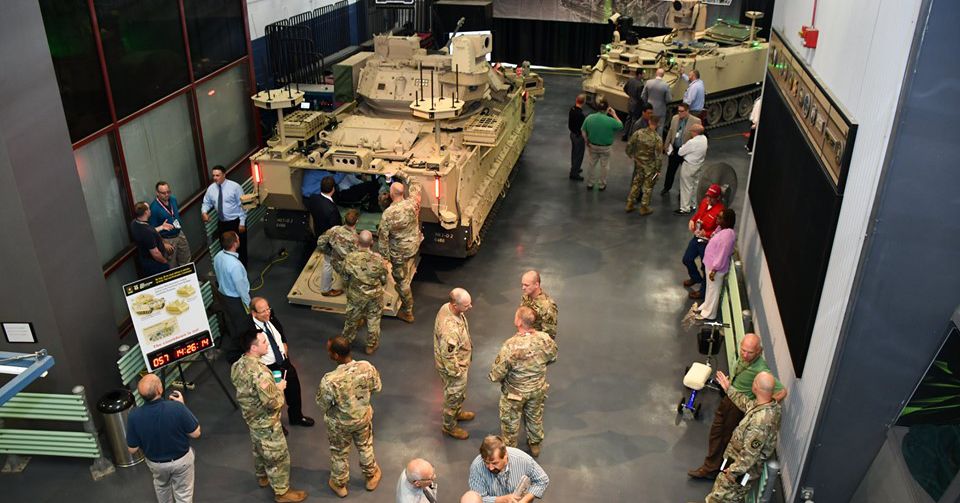

While more people and places are switching to energy-saving LED light bulbs, a California company has found a way to turn them into smart networks that can collect and feed data. However, the new technological opportunities are also raising privacy concerns, reports CBS News’ Bill Whitaker.
For example, should you find yourself in terminal “B” at Newark airport, look up. Those aren’t just new lights. They’re smart lights — a sophisticated array of LED fixtures with built-in sensors and cameras connected over a wireless network. They monitor security and the flow of foot traffic.
“Newark’s primarily interested in energy saving,” said Hugh Martin, president of Sensity, the Silicon Valley company that developed the smart lights at Newark and also a parking garage in San Jose.
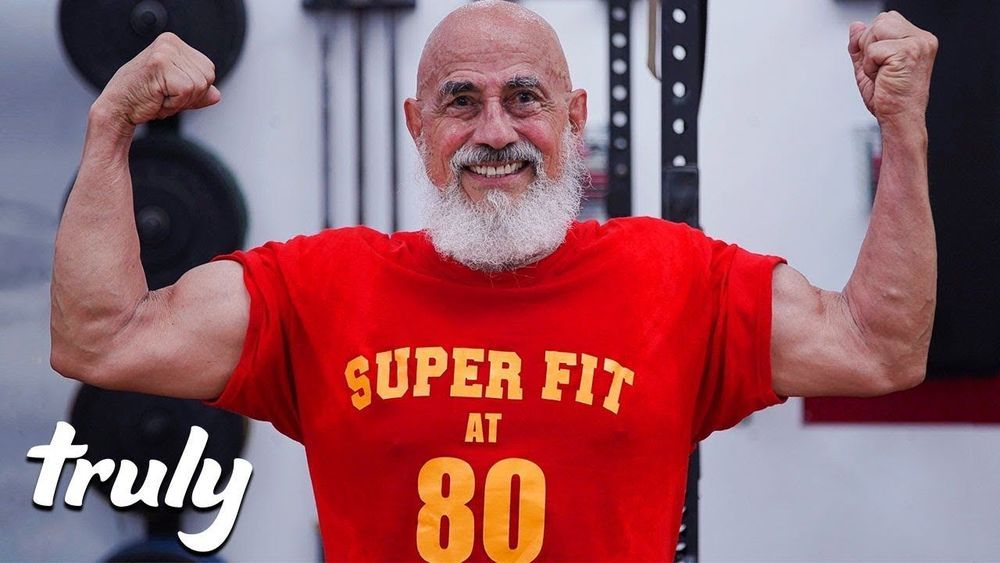
SUBSCRIBE to Barcroft TV: http://bit.ly/Oc61Hj
BIRTHDAY celebrations are usually a time for decadence and partying until the small hours – that is unless you’re a fitness obsessed octogenarian! Jacinto Bonilla, 80, from New York, celebrated his eightieth birthday on 3 July by completing 80 double-unders on a jump rope, followed by 80 squats, 80 push-ups, 80 pull-ups, 80 wall ball shots, 80 kettlebell swings, 80 deadlifts with a 90-pound weight – ending with another round of 80 double-unders. Every year since he turned 69, the so-called “grandfather of CrossFit” has added one rep to his brutal trademark birthday workout – the Jacinto Storm. Follow his story here:
https://www.instagram.com/crossfit1939
Video Credits:
Videographer / director: Will Francome
Producer: Gareth Shoulder, Ruby Coote
Editor: Sonia Estal
Click here to follow your favourite Barcroft shows on Instagram!
Barcroft TV — https://www.instagram.com/barcroft_tv/
Born Different — https://www.instagram.com/borndifferentshow/
Shake My Beauty — https://www.instagram.com/shakemybeauty/
Hooked On The Look — https://www.instagram.com/hookedonthelookshow/
Beast Buddies — https://www.instagram.com/beastbuddiesshow/
Ridiculous Rides — https://www.instagram.com/ridiculousridesshow/
Snapped In The Wild — https://www.instagram.com/snappedinthewild/
Dog Dynasty — https://www.instagram.com/dogdynastyshow/
For more amazing content, click here!
Barcroft Animals: https://www.youtube.com/barcroftanimals/featured
Barcroft Cars: https://www.youtube.com/user/BarcroftCars/featured
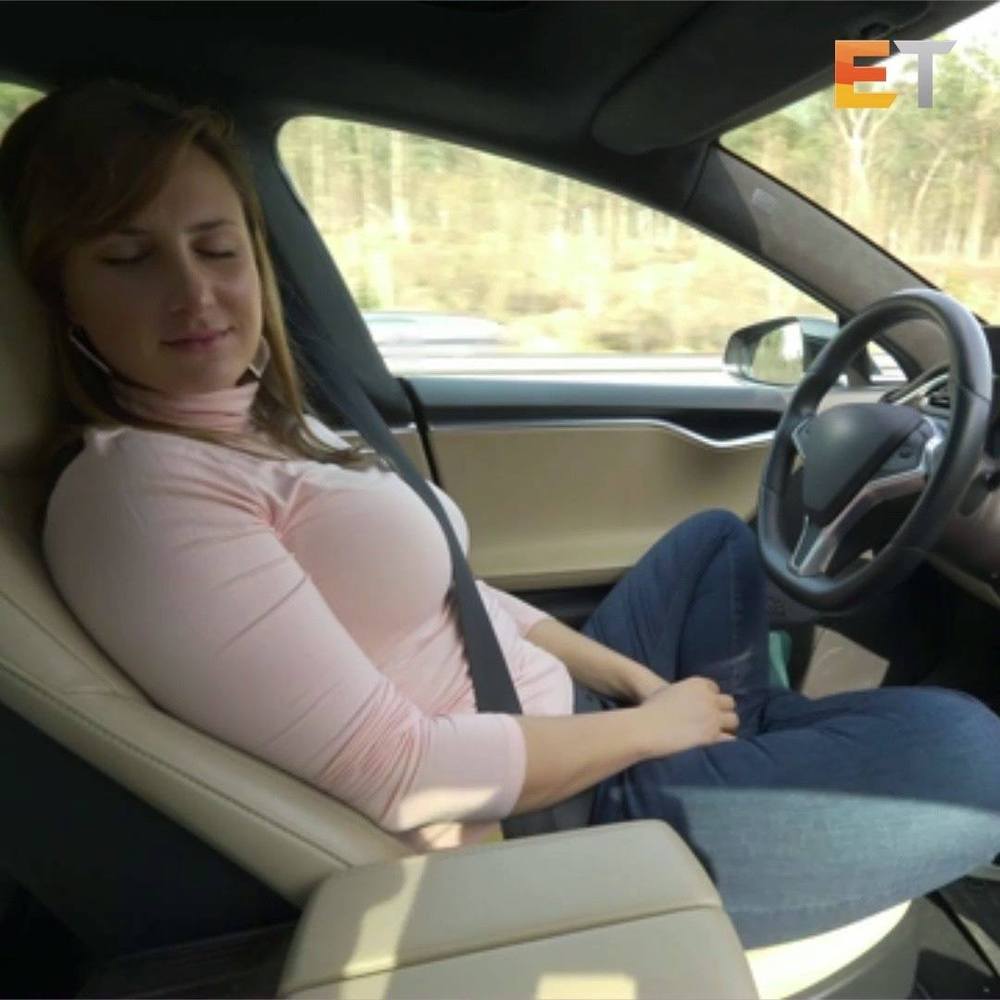
Yandex unveils Sonata.
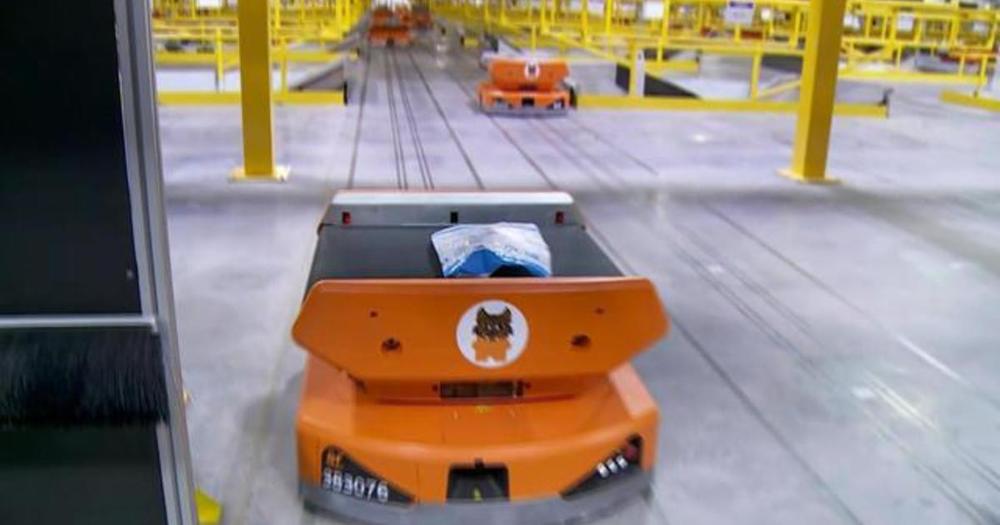
Amazon is a global leader in the use of artificial intelligence and robots – but first on “CBS This Morning,” the company is revealing a major plan to invest in its human workforce, too. The online giant will spend more than $700 million to provide 100,000 employees with new skills for the digital age by 2025.
At Amazon’s 125,000 square foot facility just outside Denver, it looks like robots are running the show. But behind each of these roughly 800 devices is a skilled employee like Nicole Bayer, who manages the daily flow of traffic at this center as a floor control specialist. Bayer said more robots means higher package volume. As a result, she said, “we need more associates to package our volume, not less.”
Before coming to Amazon a few years ago, Bayer said she’d been out of the workforce for years. She credited the company’s employee programs for relaunching her career. “I got a lot of technical skills out of it that helped me get promoted,” she said.
Jeff Wilke, Amazon’s worldwide consumer CEO, likened the program to grad school. The programs’ names feel collegiate, from “Machine Learning University” for onsite training, to “Amazon Technical Academy” for software engineer roles. The company is also offering programs like Associate2Tech, which trains employees to move into technical roles, and AWS Training and Certification, which teaches employees about the cloud and gives them knowledge “essential to operating in a technical field.”

That’s all a way of saying that behind every successful launch is a tremendous amount of labor and a vast network of suppliers working in concert to assemble each vehicle. By streamlining the supply chain, Relativity hopes to sharply cut production time.
But this goal of printing Terran 1’s more than 100-foot-tall (30-meter) exterior and fuel tank comes with an additional challenge: creating printers that can accomplish the task. “Building a rocket company is hard, building a 3D-printing company is hard, and building both together at the same time is borderline nuts,” says Ellis, Relativity’s CEO. “But while it’s the hardest part of the job, it is also the secret sauce that will make Relativity a world-changing company.”
There’s still a way to go before doing any world changing, though. “We’re not going to fly a rocket unless we get these metal 3D-printing technologies developed,” Ellis admits. “So that provides quite a bit of existential kick in the butt to figure it out, because this is the only way we ’ re going to actually make it to our goal.”
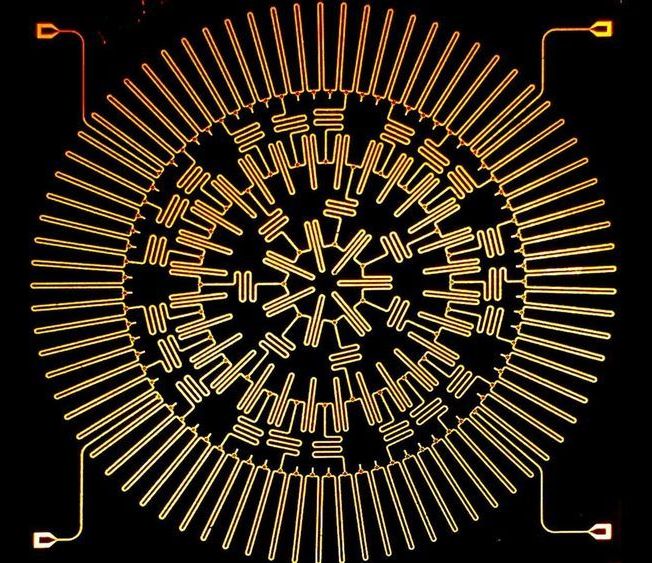
Atomic interactions in everyday solids and liquids are so complex that some of these materials’ properties continue to elude physicists’ understanding. Solving the problems mathematically is beyond the capabilities of modern computers, so scientists at Princeton University have turned to an unusual branch of geometry instead.
Researchers led by Andrew Houck, a professor of electrical engineering, have built an electronic array on a microchip that simulates particle interactions in a hyperbolic plane, a geometric surface in which space curves away from itself at every point. A hyperbolic plane is difficult to envision—the artist M.C. Escher used hyperbolic geometry in many of his mind-bending pieces—but is perfect for answering questions about particle interactions and other challenging mathematical questions.
The research team used superconducting circuits to create a lattice that functions as a hyperbolic space. When the researchers introduce photons into the lattice, they can answer a wide range of difficult questions by observing the photons’ interactions in simulated hyperbolic space.
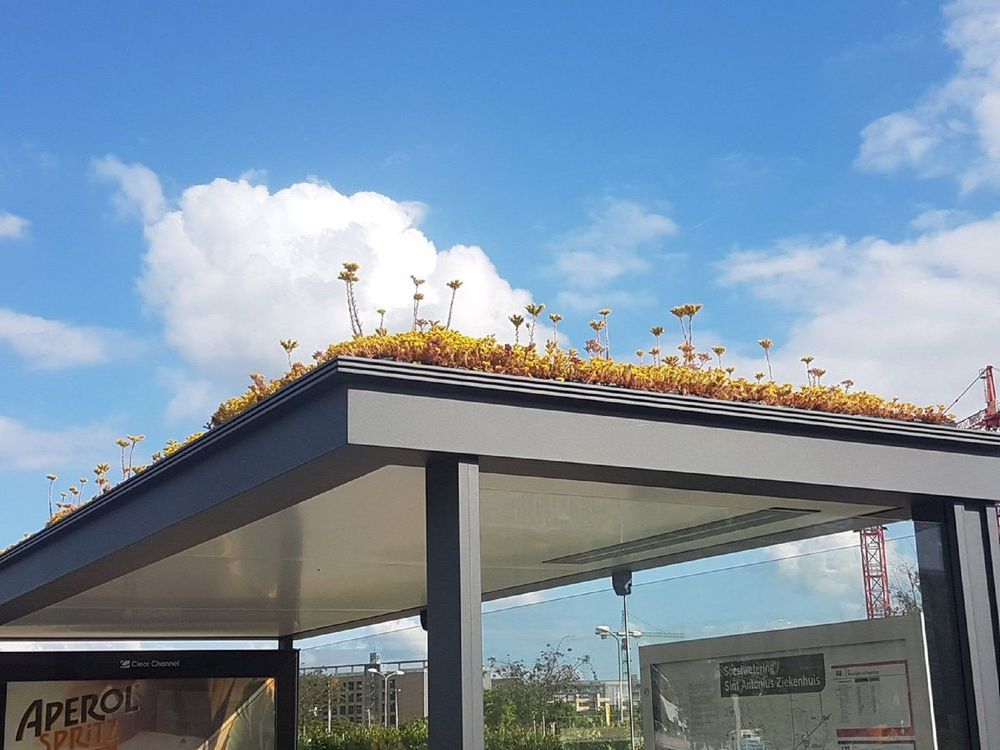
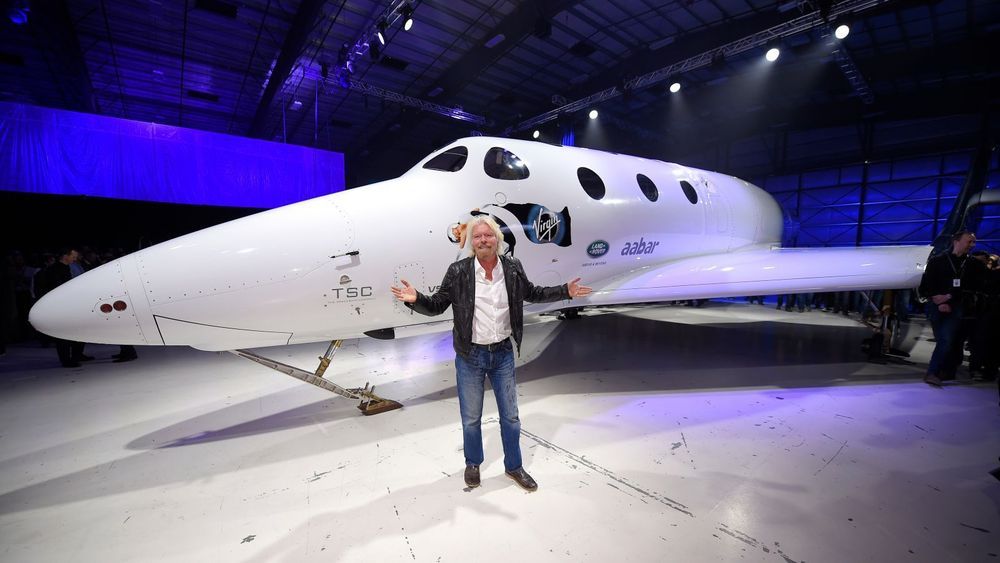
Virgin Galactic is preparing to become the first publicly traded spaceflight company, and the venture is setting a course to be profitable by August 2021, which would put it lightyears ahead of the profitability projections of another transportation-based company that simply moves people around on Earth: Uber.
The Wall Street Journal reports that Virgin Galactic is merging with Social Capital Hedosophia Holdings (SCH), which will take a 49 percent stake and invest about $800 million into the space tourism endeavor.